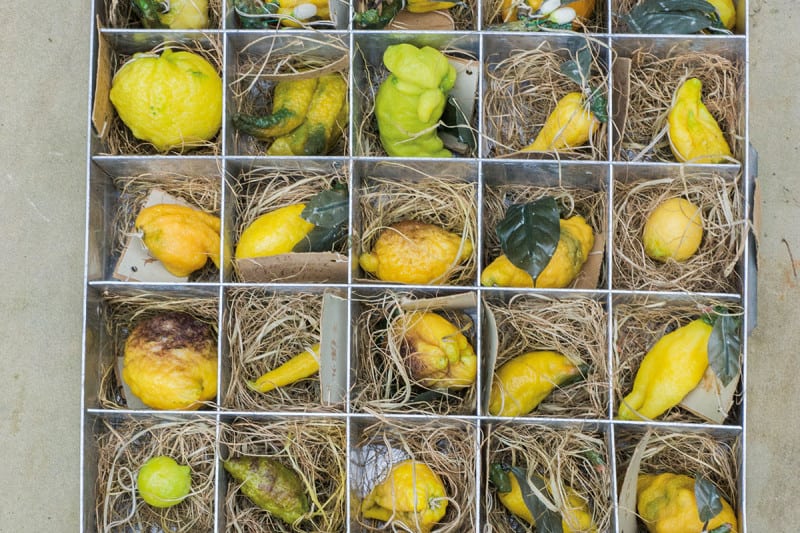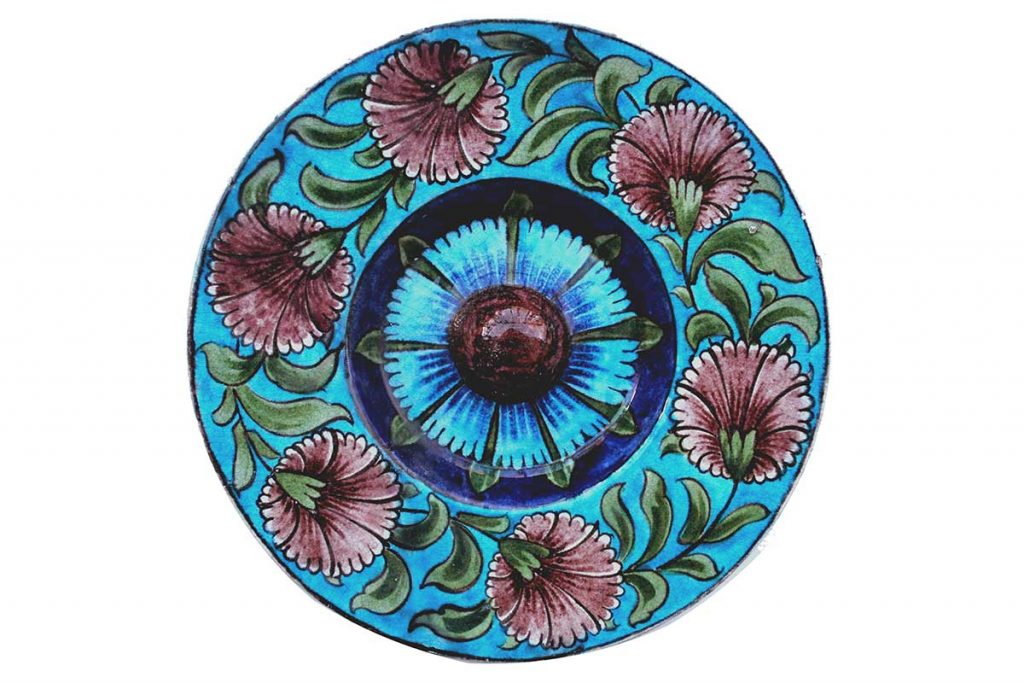Visiting Surreal Science at London’s Whitechapel Gallery for New Scientist, 8 September 2018
WHENEVER the artist Salvatore Arancio visits a new city, he heads for the nearest natural history museum. He goes partly for research: his eclectic output, spanning photography and ceramics, explores how we categorise and try to understand natural and geological processes.
In the main, though, Arancio wants to be overwhelmed. “A lot of these collections are so vast, after a while you find yourself wandering around in a spaced-out state, inventing mental landscapes and narratives. It’s that feeling I’m trying to evoke here,” he tells me as we watch the assembly of his new show, Surreal Science, a collaboration with art patron George Loudon.
Loudon famously collected work by Damien Hirst and his generation years before they became global celebrities – until the day a canvas he bought wouldn’t fit through his door.
At that point, Loudon turned to the books, images and models (in clay, felt, glass and plaster) that educated 19th-century science students. “Looking back, I can see the move was a natural one,” Loudon says. “Artists like Hirst and Mark Dion were exploring the way we catalogue and represent the world. Around the time that collection felt complete I was travelling to South America a lot, and I became interested in the scientific discoveries made there – by Charles Darwin, Alexander von Humboldt, Alfred Russel Wallace and Henry Walter Bates.”
This isn’t a collection in the sense that there is any demarcation to it. “It’s somebody’s personal eye that chooses this over that,” says Loudon. Nevertheless, a clear theme has emerged: how the explosion of science in the 19th century meant that scientists had to turn artist to produce educational materials for students. And, when the burden became too much, how companies of artisans emerged to satisfy the demand.
Loudon’s collection has been shown before, at the Manchester Museum last year, but Surreal Science is a different enterprise. The objects, designed to be handled, are exhibited here on open shelves, bringing the visitor tantalisingly close to the work in a very un-museumlike manner. Needless to say this makes for a nerve-racking build.
This is the moment of truth for Arancio, who had to plan this installation-cum-exhibition armed only with photographs of Loudon’s collection and sheets of careful measurements. It is the first chance he has had to see his arrangements realised in situ.
The ceramic pieces he has created provide a foil for the items in Loudon’s collection. An arrangement of ceramic flowers above an anatomical cut-away torso suggests a mandrake-like marriage of vegetable and human. Next to it is a discomforting juxtaposition of plaster models of teeth and wax copies of lemons. Models of cell division are easily mistaken for geodes. Again and again, Arancio’s ceramic pieces – pools, leaves, corals and tubular spider forms – mislead the eye, so we miscatalogue what we see.
“I tried to create pieces that carried George’s objects off into some kind of fantastic realm,” says Arancio. Even before key elements of the show are installed –proper lighting, a looping educational film from 1935 and an experimental soundtrack by The Focus Group – it is clear that the experiment has succeeded.
For Loudon, it is a vindication of his decision to collect objects that until recently weren’t recognised by the fine-art market. He moves from shelf to shelf, past exquisite Blaschka glass slugs, felt fungi, a meticulously repaired elephant bird egg. “Now these objects have lost their original purpose, we can look at them as objects of beauty,” he says. “I’m not claiming that this is art forever. I am saying it is art for today.”


